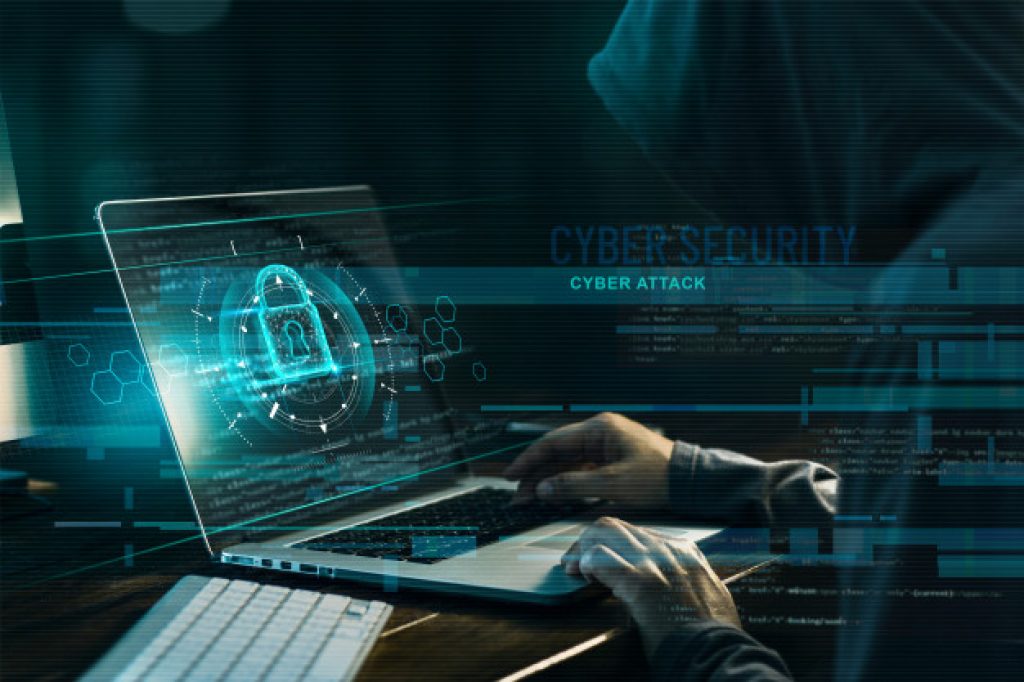
There’s no doubt that cybercrime is on the rise. In fact, a recent study by Ponemon Institute found that the cost of data breaches has increased by 23% over the past two years. One of the main reasons for this increase is due to insider attacks. In this blog post, we will discuss 10 tips and prevention strategies to help you protect your business from insider threats.
Table of Contents
#1 – Educate Your Employees

Source: lightedge.com
The first step in preventing insider attacks is to educate your employees. It’s important that they understand the risks associated with sharing sensitive information online. Make sure they know how to spot phishing emails and social engineering attempts. Additionally, provide them with the resources they need to stay up-to-date on cybersecurity threats.
#2 – Be Proactive
If you suspect that an employee might be behind an insider attack, there are a few steps you can take to investigate. First, check their computer activity to see if there’s anything unusual going on. Next, review their access logs to see if they’ve been accessing any sensitive information they shouldn’t have. Finally, speak with them directly to see if they have any suspicious behavior on their hardware or records.
#3 – Carry Out Risk Assessments
Conducting risk assessments is a key part of any cybersecurity strategy. By identifying and assessing the risks associated with insider attacks, you can put in place the necessary precautions to protect your business.
Some of the factors that you’ll need to consider include:
- The types of sensitive data that are at risk
- The level of access that employees have to that data
- The potential motives of an attacker
- The vulnerabilities of your systems and networks
- The security measures in place to protect your data
Once you have a better understanding of the risks, you can put together a plan to address them. This might include things like password policies, data encryption, and user activity monitoring.
#4 – Optimize Your Physical Security
In order to protect your data, you need to secure your physical infrastructure as well. Make sure that your office is locked down and that there are security measures in place to restrict access to sensitive areas. Additionally, use video surveillance to monitor activity both inside and outside of the office.
If you’re traveling, make sure to keep your laptop and other devices with you at all times. Don’t leave them unattended in public places. And when you’re not using them, be sure to store them in a secure location.
#5 – Have Strict Password and Encryption Policies

Source: amazeelabs.com
One of the easiest ways to prevent insider attacks is to have a strong password and encryption policies in place. Require employees to use complex passwords that are changed on a regular basis. And make sure that all sensitive data is encrypted both at rest and in transit.
These measures will help to protect your data from unauthorized access, even if an attacker is able to gain access to an employee’s account.
In addition to password and encryption policies, you should also consider implementing two-factor authentication. This adds an extra layer of security by requiring users to enter a code from their mobile phone in order to log in.
#6 – Monitor and Control Remote Access Points
Employees often need to access sensitive data from remote locations. It’s important that you take steps to secure these access points and monitor their activity. One way to do this is by using a VPN. This will encrypt all traffic between the employee’s device and your network, making it difficult for an attacker to eavesdrop on the connection.
You should also restrict access to certain websites and ports that are known to be vulnerable. And make sure to install the latest security patches and software updates on all devices.
#7 – Use a Data Leak Prevention Solution

img source: softwareone.com
A data leak prevention (DLP) solution can help you to detect and prevent insider attacks. It works by monitoring your network for suspicious activity and blocking the transfer of sensitive data. This can be an effective way to prevent an attacker from exfiltrating your data, even if they have already gained access to your systems.
There are a number of different DLP solutions on the market, so it’s important to choose one that’s right for your business. Be sure to read the reviews and compare the features before making a decision of which solution you’re going to invest in.
#8 – Educate Your Employees
It’s important to educate your employees about the dangers of insider attacks and how they can help to protect your business. Make sure that they are aware of the risks associated with accessing sensitive data, and provide them with guidance on how to stay safe online.
You should also have a policy in place for reporting suspicious activity. This will help you to catch an attack early before it has a chance to cause any damage.
You can also provide employees with training on how to use the latest security tools and technologies. This will help them to stay safe online and protect their data from malicious actors.
#9 – Recycle Old Hardware Safely

Source: pcsforpeople.org
When you’re finished with old hardware, don’t just throw it in the trash. Recycle it safely by wiping all of the data from the devices before disposing of them. This will help to protect your data from being accessed by unauthorized individuals.
There are a number of different ways to wipe data from a device, so be sure to choose the method that’s right for you. If you’re not sure how to do it, there are a number of online tutorials that can walk you through the process.
And finally, don’t forget to update your software and firmware on all devices before disposing of them. This will help to prevent anyone from accessing the data that’s stored on them. If you can, get a professional service to dispose of them for you, such as gpkgroup.com.au which can guarantee it’s done effectively
#10 – Have a Reaction Plan in Place
Even if you do everything you can to prevent the risk of an insider attack, sometimes, it can just happen. If you ever find yourself in this situation, it’s important to have a plan in place for how you’re going to respond.
This plan should include steps for securing your data and systems, as well as contacting the necessary authorities. It’s also important to have a communication plan in place so that you can keep your employees up-to-date on what’s happening.
Having a reaction plan in place will help you to minimize the damage caused by an insider attack and get your business back up and running as quickly as possible.
Summary
In order to protect your business from insider attacks, you need to take a variety of measures including password policies, data encryption, and user activity monitoring. You should also optimize your physical security, have strict policies in place for remote access, and use a data leak prevention solution.
It’s important that you take a holistic approach to insider security, and that you implement a combination of these measures to protect your business. By taking these steps, you can help to prevent an insider attack and keep your data safe.
If you are subject to an attack, then it’s vital that you respond quickly and without delay.








